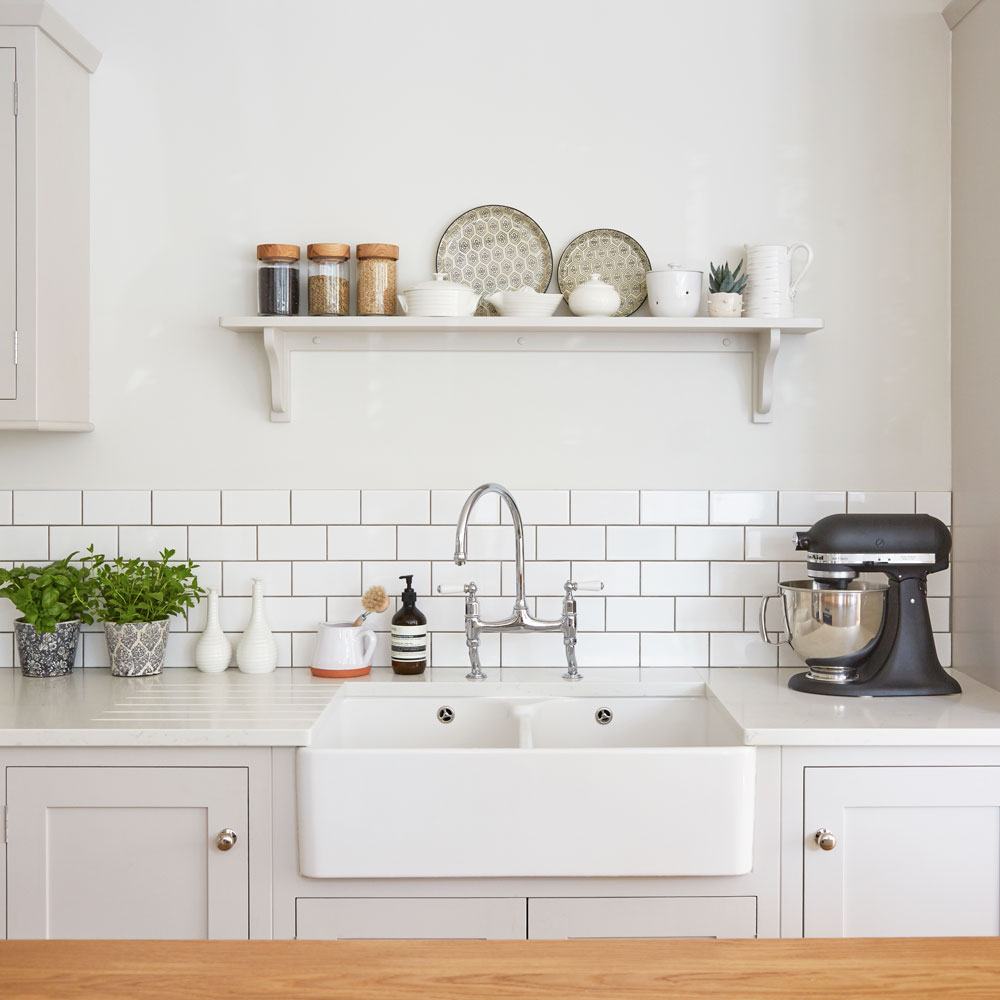Can you use a blender as a juicer? Experts explain why making them work double has its downfalls
The easiest way to make juice? Still a juicer


Juice is a universally favoured beverage. But that sweet nectar can be incredibly expensive to buy and is near impossible to keep stocked in a busy family home (I would know, I'm the culprit making it disappear).
If you, like me, are a juice fiend, you're probably wondering how to make your own juice at home, and whether you can use your trusty blender as a stand-in juicer, to save from buying another yet appliance.
In theory, it's a good plan. Most of us already own one of the best blenders, so if you can use one to make juice, then you could save money and combine two space-hogging appliances in one.
Genius, except for the fact that you cannot, in fact, easily use a blender to make juice. Here's why you'll need one of the best juicers if you want to make delicious juice at home easily due to the difference in blenders vs juicers, as well as ways you can technically make juice with a blender if you're prepared to invest your time.
Can you use a blender to make juice?
No. You can't use a blender on its own to make a liquid of the right smooth consistency to be classified as a juice.
You can however, first use a blender to pulverise your chose ingredients, and then employ various tactics in order to extract juice from that mix. It's not a straighforward way to make juice, but it is technically possible.
David Rees, a kitchen expert from HomeSupply explains, saying 'Although blenders are much more versatile appliances than juicers, they do not have the ability to produce as smooth of a liquid.'
Sign up to our newsletter for style inspiration, real homes, project and garden advice and shopping know-how
He adds 'However, it is still possible to use your blender to make juice, but there will be more work required than if you were just using a juicer.'

So how can you use a blender as a juicer?
David Rees has the know-how. He says: 'To make juice using your blender you should try to remove as much of the insoluble fibre as possible, such as seeds, skin and stems. For example, core apples and remove the peel and pith from citrus fruits.'
He continues 'Cut the ingredients to a small size, as this will make it easier to blend. After you have blended the ingredients together, strain the mixture through a sieve or a cheesecloth to remove the pulp and release the juice.'

As David mentions, there are products that are far more helpful than others if you are set on using your blender to make juice.
All in all then, it's not a straightforward procedure to use a blender to make juice, and you cannot use a blender in isolation to get the right consistency you need. If you can afford it, a standalone juicer is far and away a better choice for dedicated juice making at home, especially if you want to drink homemade juice every single day.
You don't have to seriously splash the cash to have juice at home either. If orange juice is your drink of choice, then a simple handheld citrus juicer will do the job you need, giving you freshly squeezed OJ whenever you want it.
After testing dozens of them, our favourite entry-level juicer is the Sage Nutri Juicer Cold Plus, which is available from Lakeland for £199.95. It's easy to put together, and can accomodate apples whole too, so there's no need to endlessly peel, core and chop the things. It also has entirely dishwasher safe parts, making daily juicing a doddle. Though you can technically make juice in a blender, we know which option we'd prefer day to day.

Molly is Ideal Home’s Kitchen Appliances Editor, the Ideal Home Certified Expert on Appliances. An all-around cooking and baking enthusiast, she loves finding the next must-have product for readers that will their kitchen a better place. She joined the team in September 2022 after working on the editorial teams of Real Homes, Homes & Gardens and Livingetc.
For the last 4 years, she's been reviewing hundreds of small appliances; conducting tests at home or in the Ideal Home test kitchen. She would be hard-pressed to pick a Mastermind specialist subject but air fryers are her ultimate area of expertise, after testing just about every single one released since 2022.
To keep ahead of trends and new releases, Molly has visited the testing and development spaces of multiple kitchen brands including Ninja Kitchen and Le Creuset as well as attended consumer shows such as IFA, hosted in Berlin to see the cooking innovations of the future.


